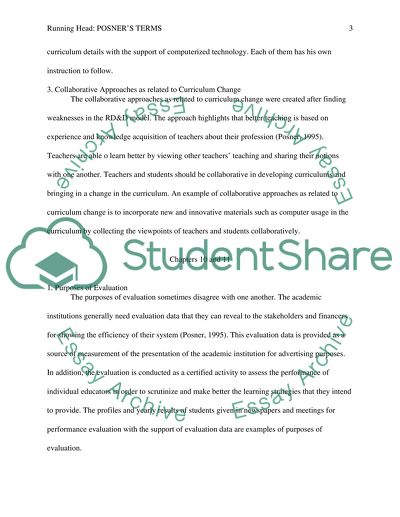Cite this document
(“Posners Terms Analyzing the Curriculum Assignment”, n.d.)
Posners Terms Analyzing the Curriculum Assignment. Retrieved from https://studentshare.org/education/1488433-ponser
Posners Terms Analyzing the Curriculum Assignment. Retrieved from https://studentshare.org/education/1488433-ponser
(Posners Terms Analyzing the Curriculum Assignment)
Posners Terms Analyzing the Curriculum Assignment. https://studentshare.org/education/1488433-ponser.
Posners Terms Analyzing the Curriculum Assignment. https://studentshare.org/education/1488433-ponser.
“Posners Terms Analyzing the Curriculum Assignment”, n.d. https://studentshare.org/education/1488433-ponser.


